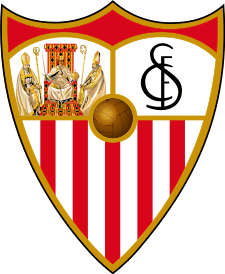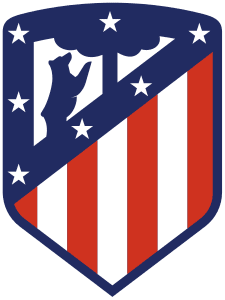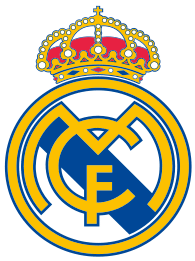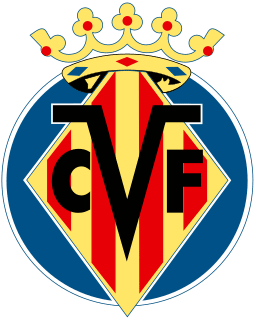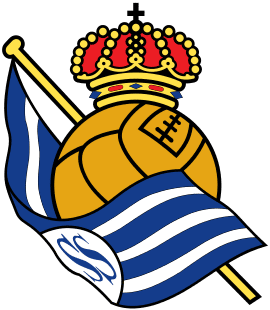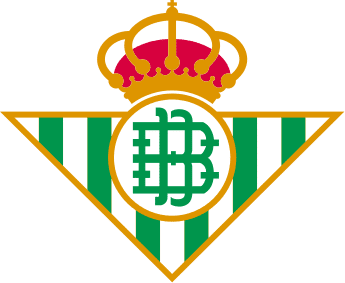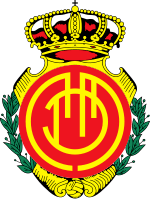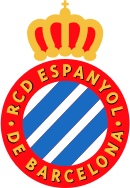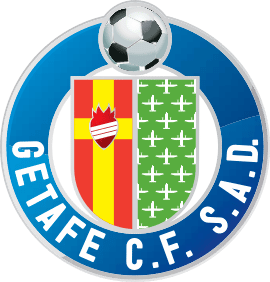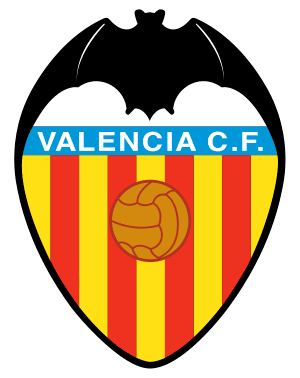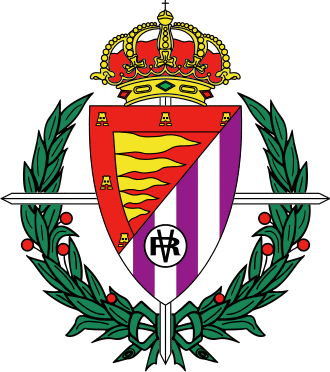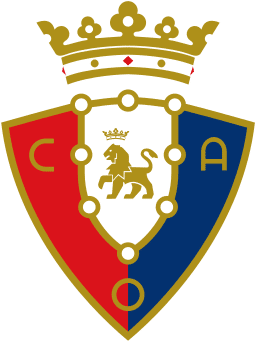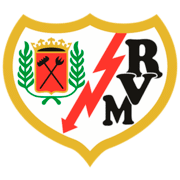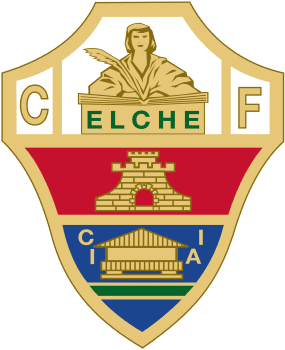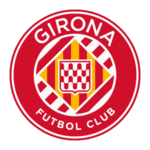Sevilla FC Tryouts & Club Guide: History, Stadium, Players, and More!

Welcome!
Discover the world of soccer with fcscout.com, your go-to scout for club tryout information, club guides, player profiles, in-depth product reviews, and more. We’re dedicated to exploring and revealing the best in each domain, empowering you with knowledge to make informed choices.
Thank you for being here!
Hi, I’m Carlos! A coach, sports enthusiast, and the founder of FCScout.com.
I fell in love with the game at a very young age like many of you. I’ve been following and playing soccer for many years.
Throughout my career, I always enjoyed helping soccer players chase their dreams, which is why I started this website. I wanted to reach a larger audience outside of my local area and fcscout.com was born.
This website is a platform I will be using to update club pages on any tryouts, stadiums, players, tech, and more from clubs around the world. I also create free recruitment profiles for players looking to have that extra competitive edge when reaching out to clubs.
That’s it. That’s my pitch for you to stick around (or browse the site as you please).
This is already too much text for a “see more” drop-down button thing. If you want to reach out to me, head on over to my contact page 🙂

Sevilla Fútbol Club is a Spanish professional football club based in Seville, Spain. The club competes in La Liga, the top flight of Spanish football.
Sevilla FC Youth Development System
Sevilla Atlético
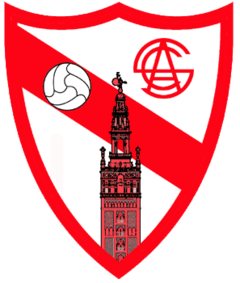
Sevilla Atlético is a Spanish football team based in Seville in the autonomous community of Andalusia. Founded in 1958, it is the reserve team of Sevilla FC. It plays in Segunda División B – Group 4, and holds home games at Estadio Jesús Navas, with a 7,500-seat capacity.
For more information on Sevilla Atletico, please click here.
Sevilla FC C
Sevilla Fútbol Club “C” is the third team of Sevilla FC, a Spanish football team based in Seville, in the autonomous community of Andalusia. Founded in 2003, it plays in Tercera División, holding its official matches in the José Ramón Cisneros Palacios Sports City, with a capacity for 2,500 spectators.
Sevilla FC Soccer Academy
Sevilla FC Soccer Academy is Sevilla’s football school which exports the training methodology of Sevilla and their youth teams. The model is educational, based on sporting values, bringing through professionalism and success through the methods.

Sevilla FC is internationally renowned for the great work they do at youth level, bringing through players known throughout the world, amongst them three players who went on to win the World Cup with Spain (Jesús Navas, Carlos Marchena and Sergio Ramos).
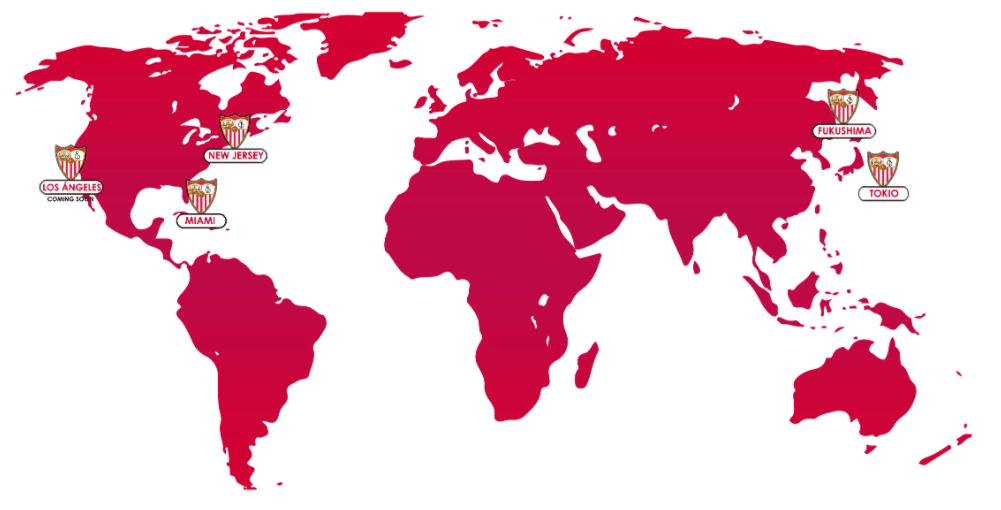
Sevilla FC Soccer Academy brings Sevilla’s successful sporting model outside of Seville so that boys and girls from other countries can learn to play football using the same methodology that Sevilla’s stars use, learning the club’s values at the same time, such as passion for football, companionship, solidarity and respect for the opponent.
- Los Angeles
- Miami
- New Jersey
- Tokyo
- Fukushima
For more information on the Sevilla FC academies, please click here.
Sevilla FC Antonio Puerta Soccer School
In our school, boys and girls are taught to play soccer following the methodology of our quarry of champions, but even more in values such as: TOLERANCE, COOPERATION, MOTIVATION AND COMMITMENT and helping the integral formation of their students.
We start from the base of being educators, we teach soccer, we become athletes, we create people.

Facilities
The School has the highest level infrastructures, thus meeting the requirements to complete a practically perfect physical training. It has artificial grass fields, 3×3 fields, classrooms, changing rooms, cafeteria, parking, etc., and easy access through the Metro line (Pablo de Olavide stop) 2 minutes away.
Characteristics
This School belongs to Sevilla FC, whose quarry is praised internationally. The training that is given is not only sports, but there will also be days on nutrition, education, training of parents of athletes, etc., taking care of the good academic development of the students. It will work in “sevillista”. Each student will belong to a team that will bear the name of a player from the club. Each student will be given sports equipment necessary for their training: Complete equipment (shirts, shorts and socks), long tracksuit, training pants and sweatshirt, raincoat and backpack.
Duration, Ages, Hours.
This School is intended for children born between 2008 to 2016 (Minis, Prebenjamines, Benjamines, Alevines and Infantil of first year). Being able to incorporate those who promote to higher ages, to the federated teams of the club.
The School hours are Monday-Wednesday or Tuesday-Thursday from 5:00 p.m. at 20 h. (2 training days, one hour long, a week with convivialities and / or games on Fridays from November on).
Given the social health situation, the state of alarm decreed by the Government of Spain, the restrictions on mobility for Seville, and the regulations for the practice of non-federated sport established by the Junta de Andalucía, as well as the high uncertainty around the evolution of the COVID 19 pandemic in the 2020/21 academic year, having to ensure above all the health of all our students, we see ourselves in the obligation to SUSPEND the 2020/21 academic year in our Antonio Puerta Soccer School definitively.
EXPLORE MORE CLUBS!
Explore more professional clubs by continent.
Sevilla FC History
Sevilla FC is also the most successful club in Andalusia, having won the national league championship in 1945–1946, five Spanish Cups (1935, 1939, 1948, 2007 and 2010), one Spanish Super Cup (2007), a record six UEFA Cups/UEFA Europa Leagues (2006, 2007, 2014, 2015, and 2016), and the 2006 UEFA Super Cup. In addition, Sevilla FC won the Spanish Super Cup in 2007. They were also named the best club in the world by the International Federation of Football History & Statistics in both 2006 and 2007, making them the only club in history to accomplish this feat in consecutive years.
Stadium
La Trinidad Field, the Mercantile Field, ‘La Victoria’ Stadium, and the Estadio de Nervión were among the venues in which Sevilla played their home matches throughout their first fifty years of existence, respectively. The Ramón Sánchez Pizjuán Stadium was first conceived of in 1937, when land was purchased close to where Sevilla’s previous stadium was in Nervión. Construction on the stadium did not begin until 1954. A competition was organized for the design of the stadium, and the winner was the architect Manuel Muz Monasterio. Manuel Muz Monasterio was also responsible for designing the Santiago Bernabéu Stadium, which is Real Madrid’s home stadium.
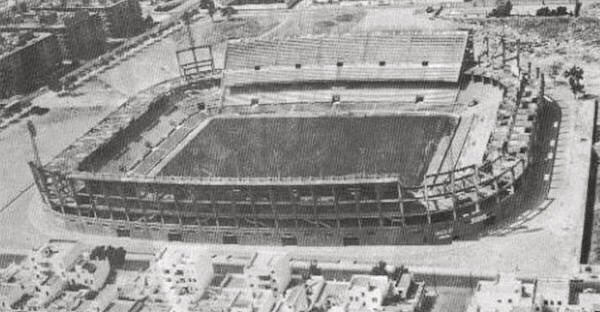
The stadium was finished being built in the summer of 1958, and it was opened for the first time on September 7 of the same year, with a friendly match played against Real Jaén. The completion of the stadium’s east and west grandstands in 1974, while Eugenio Montes Cabezas was president of the country, brought the total number of people who could fit within the stadium to 70,000.
The visor, the mosaic on the main facade (which was designed by Santiago del Campo), and the new lighting were all added for the 1982 FIFA World Cup, during which it hosted a group game between the Soviet Union and Brazil as well as a semi-final between France and West Germany. In addition, it was the site of the match in which West Germany defeated France. The final match for the European Cup in 1986 was played in the stadium, where Steaua București prevailed over Barcelona to take the title.
In addition, the number of people that could fit inside the stadium was cut down to around 60,000. The most recent change was implemented in the middle of the 1990s, when, in accordance with FIFA regulations, all standing areas were converted into seating, resulting in a decrease in capacity to the current level of 42,714.
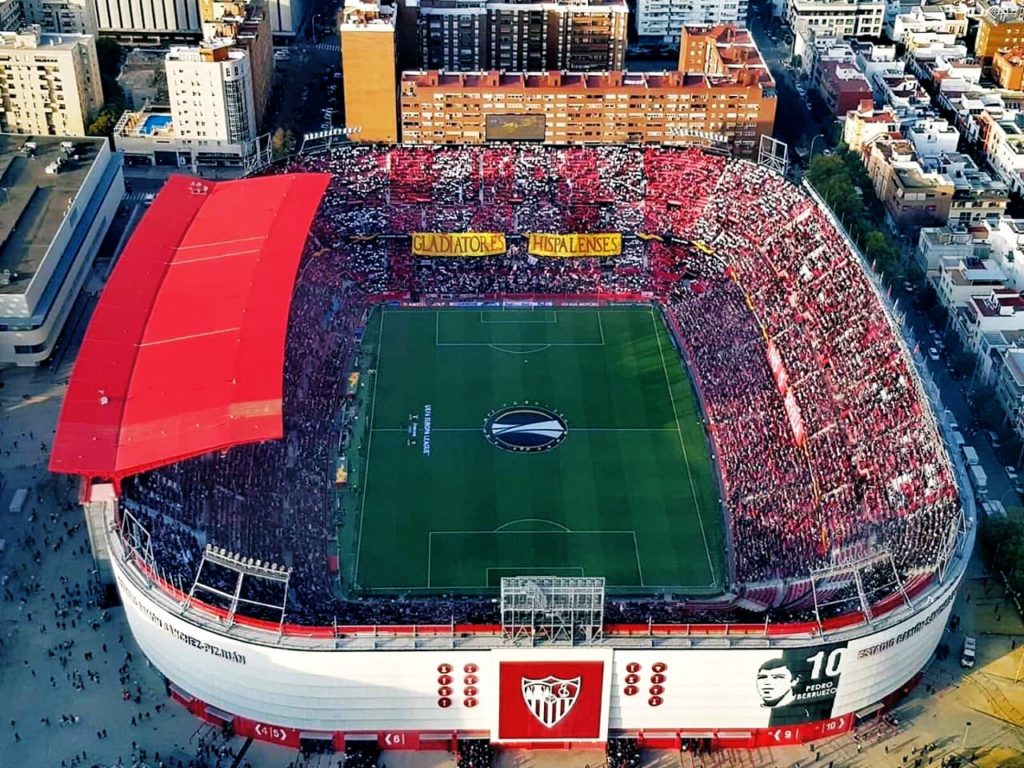
Since 1961, the Spain national team has played a total of 26 matches inside of this stadium, compiling an undefeated record of 21 victories and 5 draws. In 2005, to commemorate the club’s centennial, an allegorical mosaic reflecting the history of the city of Seville was installed atop the southern gate. The mosaic was designed by Ben Yessef and was constructed. The emblem of the club could be seen floating in the air above it. At the moment, the stadium serves as the location of the club’s media offices. Additionally, it is home to the club museum, an official store, and a trophy case.
Crest
The squad has always utilized a double circle as their crest since the beginning. The name of the club and the year it was founded were printed on the exterior circle, and the letters “SFC” were interlaced on a white backdrop in the interior circle, much as they are on the current crest. Juan Lafita, a personal friend of the club and the son of the Sevillian painter José Lafita y Blanco, was the one who came up with the idea for the original crest, and he was responsible for its design.
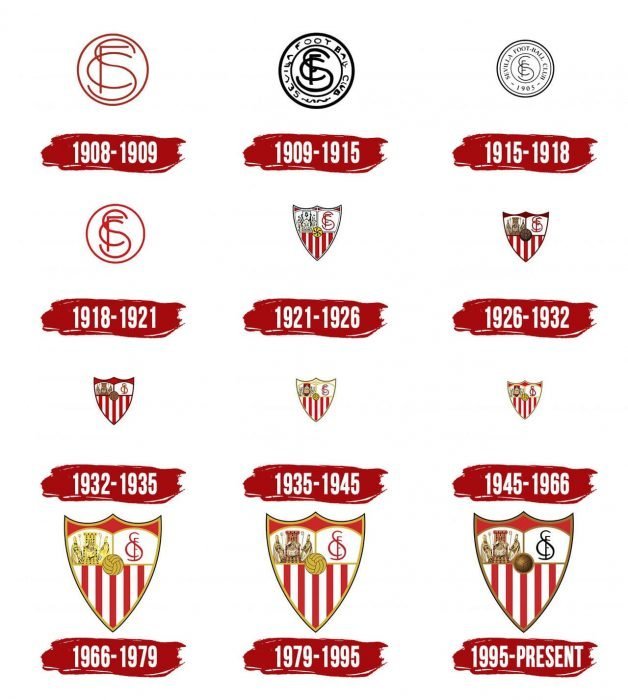
Pablo Rodrguez Blanco, a draftsman at the Water Company, was the one who came up with the idea for the second crest in 1922. He cut the shield into three separate pieces, and when put back together they resembled the outline of a heart. Isidore of Seville, Ferdinand III of Castile, and Leander of Seville are the three Christian saints that are depicted on the coat of arms of the city. The figures that appear on the coat of arms represent the city.
The initials “SFC” may be found on the right side of the shield. These initials appeared on the official shield from 1905 until 1922. At the point where the three sections come together, a football from the era may be seen. Regarding the red and white stripes, there are a few different hypotheses, but the one that seems to make the most sense is that the club has always desired that the official shirt be red and white. According to one interpretation, the lower section of the flag was modeled after the banner that King Ferdinand III of Castile carried during the reconquest of Seville in the year 1248.
Ownership
Sevillistas de Nervión S. A. Rafael Carrión Moreno is the person who owns the majority of the club’s shares. The Presidential Management system is used to manage and rule the club; however, there is also a board of directors that meets to discuss and approve significant decisions that need to be carried out. A general director and a sports director are the people that provide support for the president.

The first president of Sevilla was a Scotsman named Edward Farquharson Johnston, and the city has had a total of 29 presidents over its long history. Ramón Sánchez Pizjuán, Eugenio Montes Cabezas, Luis Cuervas Vilches, and José Mara del Nido Benavente are the individuals who have held the office of president for the longest durations of time. When the law that regulated sporting limited associations went into effect in 1992, Sevilla became a sporting limited association. As a result, the method of electing the president of the club was changed from being decided by the club’s members to being decided by the club’s shareholders. This change occurred in order to comply with the new regulations.
